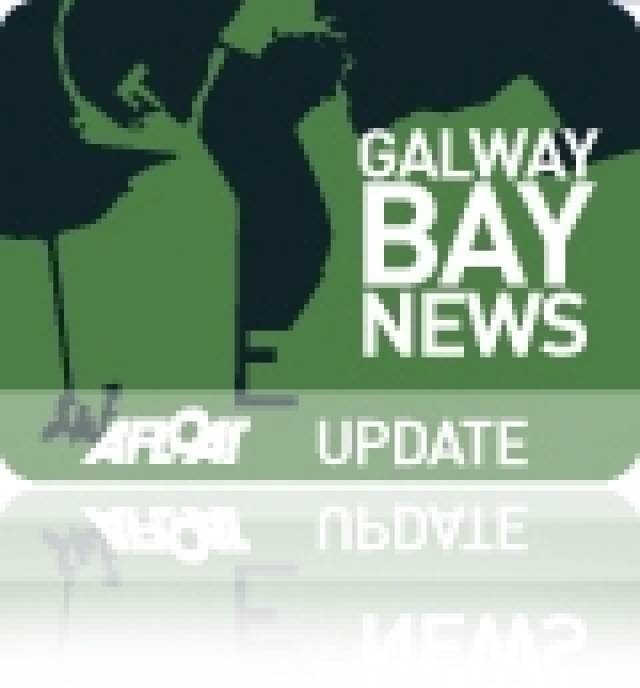#GALWAY BAY NEWS - The Connacht Sentinel reports that a series of steel piles in the River Corrib in Galway city centre are to be removed over concern at the danger posed to canoeists and kayakers.
The eight stanchions, which were installed at the mouth of the Corrib as part of the support structure for the temporary pedestrian bridge across the river during the Volvo Ocean Race finale last month, will be removed "as soon as possible" according to Galway City Council.
A spokesperson for the council said race organisers Let's Do It Global had encountered difficulties removing the steel piles from the stretch of water between the Spanish Arch and Claddagh Quay due to "unfavourable tides and poor weather".
Meanwhile, the Galway Harbour Company has declared that it made more profit from its car parking operation than from harbour activities.
Galway Bay FM reports that the company's accounts for 2011 show that more than 50% of its income is derives from car parking and rent.
Overall the harbour operator saw an 8% fall in revenue on the previous year, with a disappointing 18% drop in throughput. No comment has yet been made on these figures.
































































